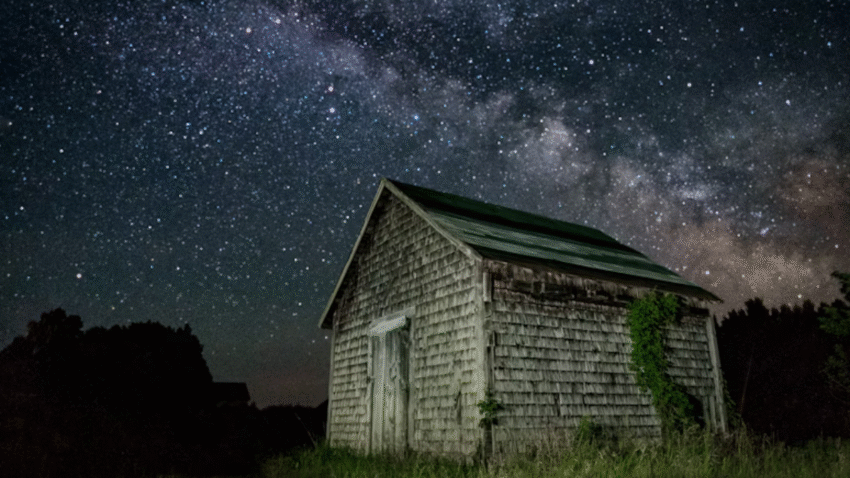Introduction
Planning to use power tools, lighting, or heating in your shed? Learning how to run electricity to your shed safely is essential if you want to transform your shed into a functional workspace. While it may seem like a simple job, working with electricity requires careful planning and adherence to safety codes. Done properly, you’ll have a reliable power source that makes your shed far more useful year-round.
Why Running Electricity Matters for Your Shed
Electricity opens up endless possibilities for your shed. You can power lights, heaters, fans, or even a mini fridge for drinks while you work. For DIY projects, having outlets makes using power tools far more convenient. However, improperly installed wiring can lead to fire hazards, electrocution risks, and code violations. Running electricity the right way ensures your shed is safe, functional, and compliant with local building regulations.
Step-by-Step Guide to Running Electricity to Your Shed Safely
1. Plan Your Electrical Needs
Determine what you’ll power inside the shed—lighting, outlets, or large equipment. This will help you calculate how many circuits and outlets you need. Create a simple layout showing outlet and light locations.
2. Check Local Building Codes and Permits
Before you start, contact your local building authority. Most areas require a permit for electrical work. Following regulations ensures your installation is safe and legal.
3. Decide on Power Source Type
For permanent setups, most sheds require a buried electrical cable (known as UF cable) running from your house’s main electrical panel. For light use, a heavy-duty outdoor extension cord can work temporarily, but it’s not a long-term solution.
4. Install a Dedicated Circuit
Hire a qualified electrician to add a new breaker to your main panel. This circuit will supply power to the shed without overloading existing circuits.
5. Dig a Trench for Underground Wiring
If running permanent power, dig an 18–24 inch deep trench from the house to the shed. This protects the cable from damage and meets code requirements. Place the UF cable or conduit in the trench.
6. Run the Cable to the Shed
Feed the cable through a conduit for extra protection. Bring it up into the shed through a weatherproof junction box. Seal the entry point to prevent pests and water from getting in.
7. Install Outlets and Switches
Inside the shed, attach electrical boxes where outlets and switches will go. Run wires through the boxes and secure them with cable clamps.
8. Wire and Connect Fixtures
Connect outlets and switches to the wires according to standard wiring practices. Always match wire colors: black (hot), white (neutral), and green/bare (ground).
9. Test and Inspect
Before use, have an electrician inspect the installation. They’ll confirm everything meets safety codes. Turn on the breaker and test your outlets and lights.
Common Mistakes to Avoid
- Skipping Permits and Inspections
Solution: Always check local codes and get required permits before starting electrical work. - Using Extension Cords Permanently
Solution: Extension cords are only for temporary use. Install a dedicated underground cable for safety. - Not Burying the Cable Deep Enough
Solution: Follow code requirements—typically 18–24 inches deep for underground wiring. - Incorrect Wire Connections
Solution: Match wire colors properly and use wire nuts to secure connections. - DIY Without Knowledge
Solution: Hire a licensed electrician if you’re not experienced with electrical work. Mistakes can be deadly.
Extra Shed Tips & Hacks
- Install LED Lighting: LED fixtures use less power and last longer, making them ideal for sheds.
- Add a Subpanel for Bigger Projects: If you plan to run multiple power tools, consider installing a small subpanel inside the shed.
- Use GFCI Outlets: These outlets reduce shock risk, especially in sheds where moisture is common.
Want to upgrade your shed further? Check out our guide on how to install motion sensor shed lights.
Conclusion
Running electricity to your shed safely is a game-changer, turning it into a fully functional workspace. By planning ahead, following code, and prioritizing safety, you’ll enjoy reliable power for tools, lighting, and more—without the risks of shortcuts or unsafe wiring.
When in doubt, hire a professional. The peace of mind and long-term benefits of safe electrical installation are well worth the investment.
Bookmark this guide to make your shed as functional and safe as possible!
